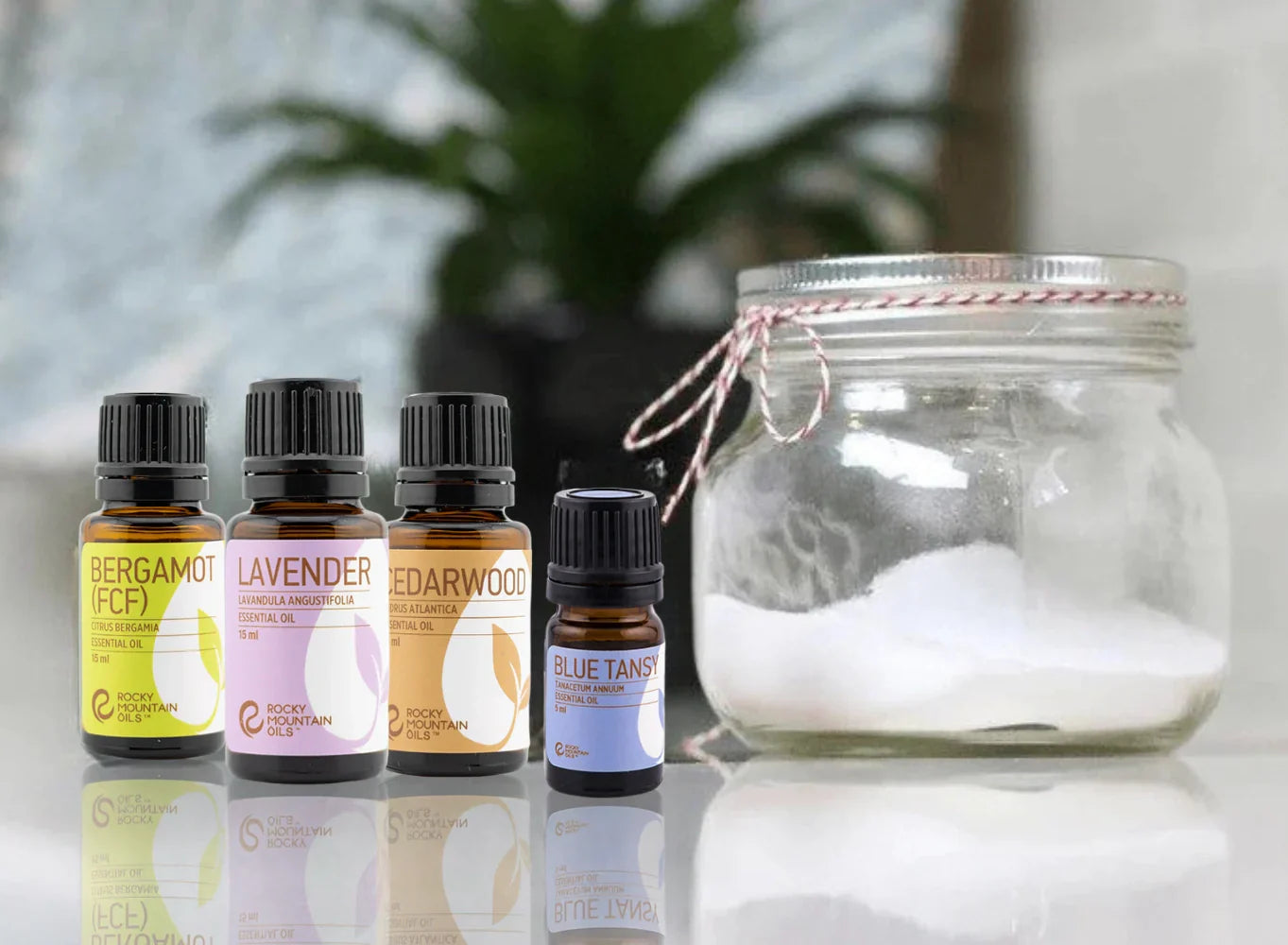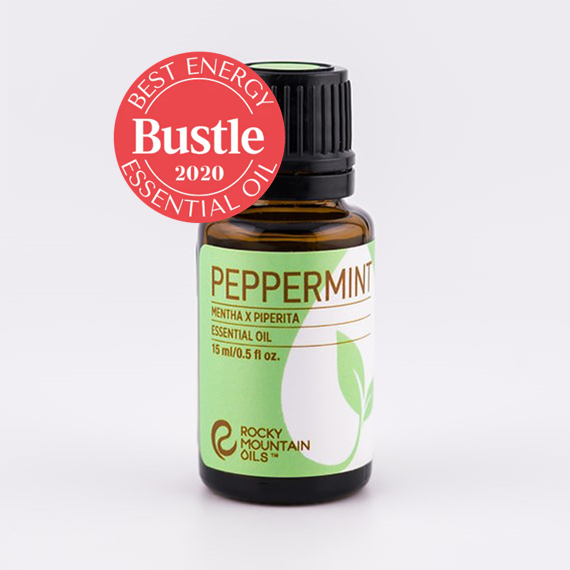How to Distill Essential Oils: A Comprehensive Guide
Essential oils are concentrated plant extracts renowned for their aromatic and therapeutic properties. They play a pivotal role in aromatherapy, cosmetics, and natural medicine. The art of distilling these oils dates back centuries, offering a fascinating blend of science and tradition.
The Basics of Distillation
Distillation, a cornerstone in essential oil extraction, is an age-old method that delicately separates oils from plant materials using steam or water. This process involves heating plant matter in a still, allowing steam to extract volatile aromatic compounds, which are then condensed back into liquid form. The resulting mixture of oil and water is separated, yielding pure essential oils. Distillation not only captures the essence of plants but also requires a meticulous balance of temperature and pressure, making it a blend of science and art. The distiller's expertise in this method is vital for producing oils that embody the plant's unique aromatic and therapeutic properties.

Essential Tools for Distillation
Embarking on the journey of distilling essential oils necessitates the right arsenal of tools, each playing a critical role in the process. The heart of this setup is the still, designed to heat and vaporize the plant material. Accompanying the still is the condenser, a key component where the steam cools and condenses back into liquid, separating the oil from water. Beyond these, other essential tools include heat sources, collection vessels, and filters, each integral to the efficiency and safety of the process. Safety is paramount, as the handling of hot steam and concentrated oils demands caution and protective gear. High-quality, durable materials in the equipment ensure not only the longevity of the tools but also the purity and quality of the oils extracted. This ensemble of tools, combined with meticulous attention to detail and safety protocols, sets the foundation for successful and safe essential oil distillation.
Selecting the Right Plant Material
The quest for high-quality essential oils begins with the meticulous selection of plant material, as this choice is pivotal in defining the oil's final character. Ideal candidates for oil extraction are typically those abundant in aromatic compounds, such as lavender, peppermint, and rosemary. The key is to identify plants at their peak aromatic intensity, which often coincides with specific stages of their growth cycle. Preparation is equally crucial; this involves carefully harvesting the plant parts - be it flowers, leaves, or roots - and often drying them to concentrate the oils. The handling of these materials requires a gentle touch to preserve their delicate essences. Understanding the unique characteristics of each plant, from its growth patterns to its oil content, is essential in choosing and preparing the right plant material for distillation, ultimately influencing the quality and potency of the extracted essential oils.
The Step-by-Step Guide to Distilling Essential Oils
Distilling essential oils is a process that beautifully intertwines art with science, requiring both precision and a touch of creativity. The journey begins with setting up your distillation apparatus, ensuring each component is correctly assembled for optimal functionality. This includes positioning the still, connecting the condenser, and preparing the collection vessel. Next is the preparation of plant material, which involves finely chopping or grinding it to increase the surface area for better extraction of oils. The plant material is then carefully placed in the still, and the heat is applied. As the temperature rises, steam begins to envelop the plant matter, coaxing the volatile oils to vaporize.
The vaporized oils, carried by the steam, travel through the condenser, where they cool and revert to liquid form. This liquid, a blend of water and essential oil, is collected in a separator, where the oil, usually lighter, naturally separates and floats above the water. The final step involves carefully extracting this oil, which now embodies the pure essence of the plant, retaining its aromatic and therapeutic properties. Throughout this process, monitoring temperature and timing is crucial, as different plants require specific conditions for optimal oil extraction. This step-by-step guide not only ensures the successful distillation of essential oils but also invites you to experience the alchemy of turning raw plant matter into a potent and sensory delight.

Troubleshooting Common Issues
In the world of essential oil distillation, encountering challenges is a part of the learning curve, even for the most experienced distillers. This section is dedicated to identifying common issues that may arise during the distillation process and offering practical solutions to overcome them.
- Inconsistent Oil Yield: One of the frequent problems is an inconsistent yield of oil. This can often be attributed to variations in the quality or moisture content of the plant material. Ensuring uniform drying and using consistent batches of plant material can help stabilize oil production.
- Burnt or Undesirable Aromas: Sometimes, the distilled oil may have a burnt smell or an off-putting aroma. This issue is typically caused by overheating. Maintaining a steady, moderate temperature and avoiding direct contact between the heat source and the plant material can prevent this.
- Low Oil Quality: Factors such as prolonged exposure to air, light, or improper storage conditions can degrade oil quality. Storing the distilled oil in dark, airtight containers and using it within its shelf life will help preserve its integrity.
- Equipment Malfunction: Issues with the distillation apparatus, like leaks or condenser blockages, can disrupt the process. Regular maintenance checks and timely repairs of the distillation equipment are crucial for smooth operations.
- Water in the Oil: Sometimes, water may get mixed with the oil during collection. Using a separator or a pipette to carefully extract the oil layer can resolve this issue.
- Inefficient Separation of Oil and Water: If the oil and water do not separate effectively, it could be due to the oil being too diluted. Increasing the amount of plant material or adjusting the distillation time can enhance oil concentration.
By addressing these common issues, distillers can refine their techniques and ensure a more successful and rewarding distillation process. Remember, patience and practice are key components in mastering the art of essential oil distillation.

The Role of Essential Oils in Wellness
Essential oils, often celebrated for their delightful fragrances, play a much more significant role in wellness than one might initially perceive. Their influence extends far beyond mere olfactory pleasure, touching various aspects of physical, emotional, and mental well-being.
- Physical Health: Many essential oils possess powerful therapeutic properties that can aid in physical health. For instance, oils like eucalyptus and peppermint are known for their decongestant and anti-inflammatory properties, providing relief in respiratory conditions. Lavender and chamomile oils, famous for their calming effects, can also aid in improving sleep quality and promoting relaxation.
- Emotional Balance: The profound impact of essential oils on emotional well-being is one of their most celebrated aspects. Oils like bergamot and ylang-ylang are known to uplift the mood and alleviate symptoms of stress and anxiety. The aroma of these oils can trigger positive emotional responses, helping to balance mood swings and create a sense of tranquility.
- Mental Clarity: In the realm of mental wellness, essential oils like rosemary and lemon have been found to enhance cognitive functions. They can stimulate the mind, improve concentration, and even aid in memory retention. Incorporating these oils into daily routines, especially during work or study sessions, can boost productivity and mental alertness.
- Skin and Beauty: Beyond their therapeutic benefits, essential oils are also key players in natural skincare and beauty regimes. Oils like tea tree and lavender possess antibacterial and healing properties, making them excellent for treating skin conditions such as acne or psoriasis. Others, like frankincense and rose oil, are renowned for their anti-aging properties and ability to enhance skin radiance.
- Holistic Practices: Essential oils are integral to many holistic practices like aromatherapy, massage, and yoga. In aromatherapy, diffusing oils can create an atmosphere that enhances the therapeutic experience. During massage, oils can be blended with carrier oils to provide relief from muscle tension and promote relaxation. In yoga and meditation, the use of specific oils can deepen the practice by promoting focus or relaxation.
Integrating essential oils into daily life can be as simple as adding a few drops to a diffuser to uplift the home environment, incorporating them into personal care products, or using them in DIY remedies for various ailments. By understanding and utilizing the diverse benefits of essential oils, one can significantly enhance overall wellness and embrace a more natural, holistic approach to health.
How do you distill essential oils at home without a still?
Distilling essential oils at home without a still can be done using the steam distillation method. Start by placing aromatic plant material, like herbs or flowers, in a large pot. Add enough water to cover the plant material and bring it to a simmer. Place a heatproof bowl on top of the pot's lid, ensuring it's centered over the pot's opening. As the water simmers, the steam will carry the essential oils from the plant material into the bowl. Once the steam cools and condenses, the essential oil and water will separate, and you can collect the essential oil from the surface. This method allows you to distill essential oils without the need for a specialized still.
What is the method of distillation of essential oils?
The method of distillation for essential oils involves heating a mixture of plant material, such as flowers or herbs, and water in a distillation apparatus. As the mixture is heated, the volatile compounds in the plant material evaporate and rise through a coiled tube, where they then condense back into liquid form when cooled. This condensed liquid contains the essential oil, which is separated from the water and collected as the final product. The process allows for the extraction of aromatic and therapeutic compounds from the plant material, resulting in concentrated essential oils used in various applications, including aromatherapy, perfumery, and medicinal purposes.
How long does it take to distill essential oils at home?
The time it takes to distill essential oils at home can vary depending on several factors, such as the type of essential oil, the equipment used, and the quantity of plant material. On average, the process can take anywhere from 1 to 8 hours. Some oils, like lavender or peppermint, may take less time, while others, like frankincense or sandalwood, may require longer distillation periods. It's essential to carefully follow a specific distillation recipe and monitor the process to ensure the desired concentration and quality of the essential oil are achieved.
FAQs on Distilling Essential Oils
We answer the most common questions about distilling essential oils, providing clarity and additional insights.
What is the Best Method for Distilling Essential Oils at Home?
The steam distillation process is generally considered the best method for home distillation due to its efficiency and safety. It involves heating water to produce steam, which then passes through plant material to extract essential oils.
How Do I Choose the Right Plants for Essential Oil Distillation?
Select plants that are known for their high oil content and aromatic properties, such as lavender, peppermint, or rosemary. The quality of the oil is greatly influenced by the plant's freshness, so use freshly harvested materials or properly dried herbs.
What Safety Precautions Should I Take When Distilling Essential Oils?
Always use equipment designed for distillation and ensure it is in good condition. Work in a well-ventilated area to avoid inhaling concentrated vapors. Use gloves and eye protection, especially when handling hot equipment or concentrated oils.
How Can I Determine the Purity of My Distilled Essential Oils?
Purity can be gauged by the oil’s aroma, clarity, and color. However, for a more accurate assessment, consider methods like Gas Chromatography-Mass Spectrometry (GC-MS) testing, though this is typically done in professional settings.
Can I Distill Essential Oils from Any Plant?
While many plants can be used for oil distillation, not all will produce a significant amount of essential oil. It’s important to research which parts of the plant (leaves, flowers, bark, roots) are best suited for oil extraction and ensure they are safe to use.
Conclusion
In this extensive manual, we have delved into the intricate craft and scientific aspects of how to distill essential oils, dissecting every facet of the procedure. We enthusiastically invite you to persist in your journey into this fascinating realm, where the expertise of distillation unveils boundless aromatic and therapeutic potentials.




